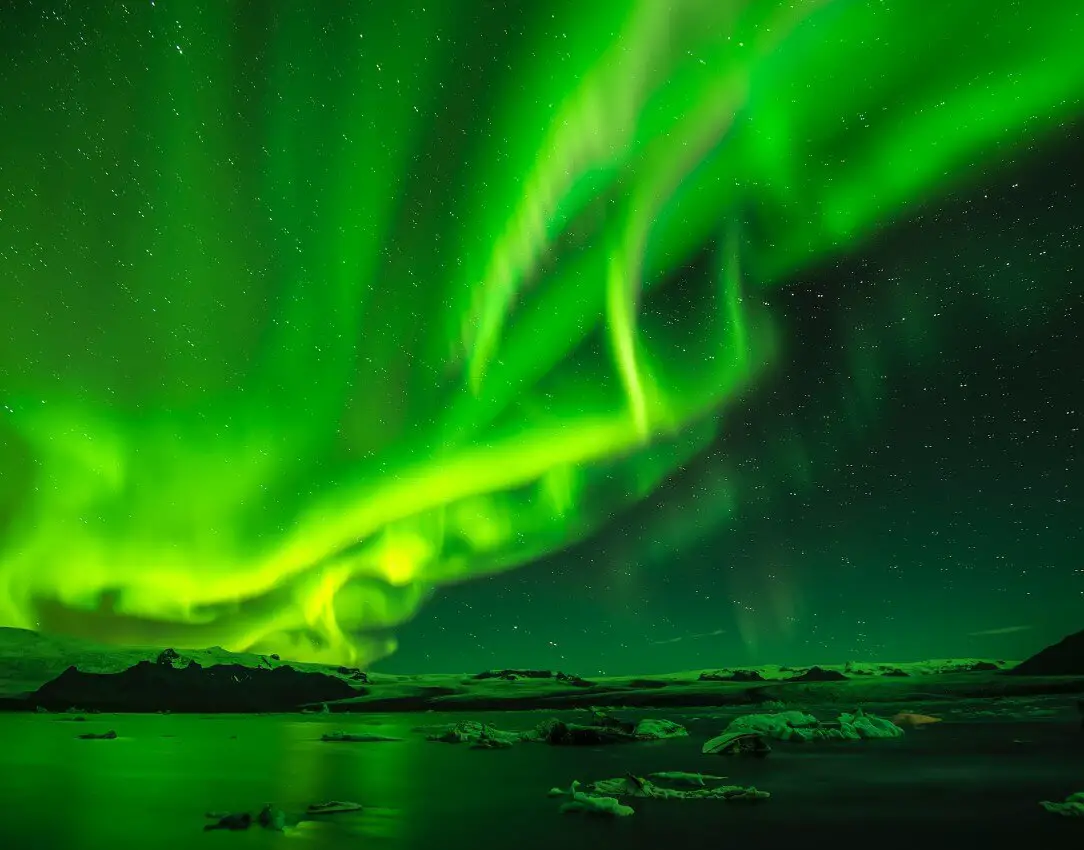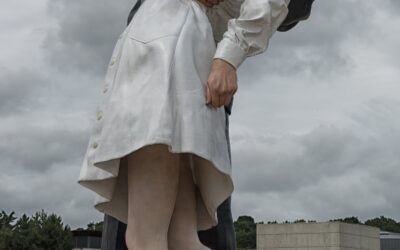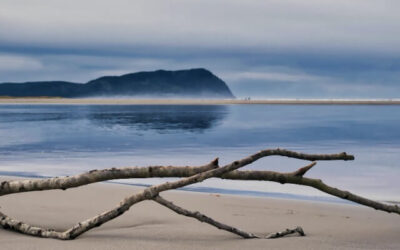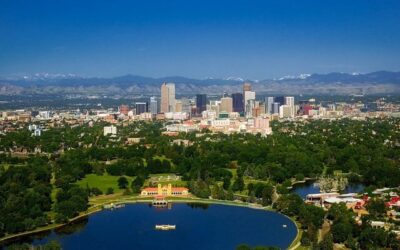What Are The Northern Lights?
The Northern Lights in Iceland is a natural light display that occurs in the Earth’s upper atmosphere, primarily in the high-latitude regions (around the Arctic and Antarctic). The lights typically appear as curtains or rays of light that can be of various colors, most commonly green, yellow, red, and blue.
The Northern Lights or the aurora borealis are caused by the interaction between solar particles, primarily electrons and protons, and gases in the Earth’s upper atmosphere. The sun continuously emits a stream of particles called the solar wind. When these particles reach the Earth, they are channeled by the Earth’s magnetic field toward the polar regions, where they collide with atoms and molecules of gases such as oxygen and nitrogen in the upper atmosphere. These collisions cause the gases to emit light, which we see as colorful displays that we call the aurora borealis.
Is Iceland A Good Location To See The Northern Lights
The Northern Lights in Iceland are most visible within the auroral oval. The auroral oval is an area that encircles each of the Earth’s magnetic poles and where auroral activity is most frequent and intense.
Iceland’s high latitude, combined with its dark winter skies, make it an ideal location for viewing the aurora borealis. In Iceland, Reykjavik and Akureyri are good places to see the Northern Lights.
However, there are other things to see in Iceland. The summer months are, well, warmer. You are less likely to see the Northern Lights unless it is winter, but Iceland is an exciting country to visit.
If you decide to stay in Reykjavik to see the Northern Lights in Iceland, there are many hotels to choose from. Enter your dates of travel to can see what is available.
Booking.comHow Likely Is It To See The Northern Lights In Iceland?
The likelihood of seeing the Northern Lights in Iceland depends on a number of factors, including solar activity, weather conditions, and time of year. Iceland is located at about 66° North latitude, which is within the auroral oval.
During the winter months, from September to April, the nights are the longest and darkest, providing the best chance to see the Northern Lights. The exact timing and intensity of the aurora borealis can be difficult to predict, so it’s best to check the aurora forecast and be flexible when planning your trip. However, the Northern lights are typically active at night during these months, especially in the hours between 9 pm and 3 am.
However, even under optimal viewing conditions, the Northern Lights in Iceland can still be elusive, and sightings are never guaranteed. On average, if you are staying in Iceland for a week, you have a good chance of seeing the aurora borealis at least once, provided the weather is clear, but of course, this is not a guarantee. Cloud cover, light pollution, and other factors can affect the visibility of the lights, so you should always be prepared for the possibility that you may not see the Northern Lights during your trip.
How Is The Best Way To See the Northern Lights in Iceland?
There are a few key considerations to recognize when trying to see the Northern Lights:
- Location: The Northern Lights are most visible in the high-latitude regions around the Arctic and Antarctic, so you’ll have the best chance of seeing them if you travel to a location near the Arctic Circle.
- Time of year: The Northern Lights are most active during the winter months when the nights are the longest and darkest. The best time to see them is typically between September and April.
- Solar activity: The Northern Lights are caused by solar activity, specifically the solar wind, a stream of charged particles that the sun continuously emits. The more active the sun, the more likely it is that the Northern Lights will be visible.
- Weather: To see the Northern Lights, you’ll need clear, dark skies, so it’s best to check the weather forecast and plan your viewing trip for a clear night.
Once you’re in a good location, at the right time of year, with clear skies and good solar activity, head away from city lights to a dark place with a good view of the northern horizon, auroras can appear anywhere in the sky but they are more commonly seen in the North. Keep warm and be patient, the lights can be elusive and may take some time to appear.
Additionally, to see the Northern Lights in Iceland you can also book a tour with a local tour operator. They are well equipped with the latest forecast, knowledge of best viewing spots, and also have equipment for photography and other activities, which can increase your chances to see the Northern Lights.
How Long Have The Northern Lights Been Observed?
The aurora borealis, or Northern Lights, have been observed and recorded by human cultures for thousands of years. The earliest known records of the aurora borealis date back to ancient China, where they were described in Chinese texts that date back to at least 800 BCE. In ancient Japan, the aurora borealis was considered to be a sign of the gods.
The earliest known written account of the aurora borealis in Europe comes from the Roman historian Pliny the Elder, who wrote about the phenomenon in his Natural History, published in 77 CE. He described the lights as “flame-like tongues hanging down from the sky, which suddenly kindled, being succeeded by a great light.”
The name aurora borealis comes from the Roman goddess of dawn Aurora and the Greek name for the north wind, Boreas, It was given by Galileo Galilei in 1619, he was the first one to use the term “aurora borealis” in a scientific text, in which he described observations of the phenomenon made by himself and others in the 16th century.









0 Comments